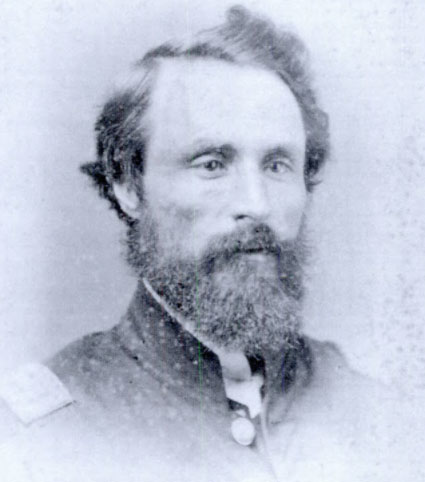31 Mar On This Day in UB History: March 31
Throughout 2017, as we celebrate the United Brethren denomination’s 250th anniversary, we are looking at events from our history.
Around 2 a.m., on March 31, 1982, our mission house in Freetown came under attack. Bob Eberly, the Sierra Leone business manager, was awakened by voices outside the house, which was located on a hill overlooking the city. Looking out a window, he saw a group of men just outside his daughter Brenda’s bedroom. Not long before, thieves had broken into the Wesleyan mission house just down the road. Now it was happening to them.
The Eberly family had gone to Sierra Leone in 1979. They were from the Otterbein UB church in Greencastle, Pa.
As the thieves began pelting the house with rocks, Bob gathered his wife and two children in the master bedroom at the other end of the house. The telephone line had been cut, so they couldn’t contact the police. Returning to the living room, he saw that the curtains in Brenda’s room were on fire. Rocks continued hitting the house, and the thieves yelled threats like, “Your money or your life.”
They tried unsuccessfully to put out the fire, running back and forth in the dark. But finally, Bob just closed the door and let it burn. Fortunately, it never spread beyond Brenda’s room.
Bob tossed them his wallet. They said it wasn’t enough, and began trying to break through the main entrance. Bob opened the safe to get more money. But suddenly the thieves just went away.
Turns out their watchman, Amadu–whom Bob feared might be dead–had run to a neighboring house and called the police. About 3:30 a.m., the police pulled up in an old Landrover, and ten heavily-armed men disembarked. The siege was over.

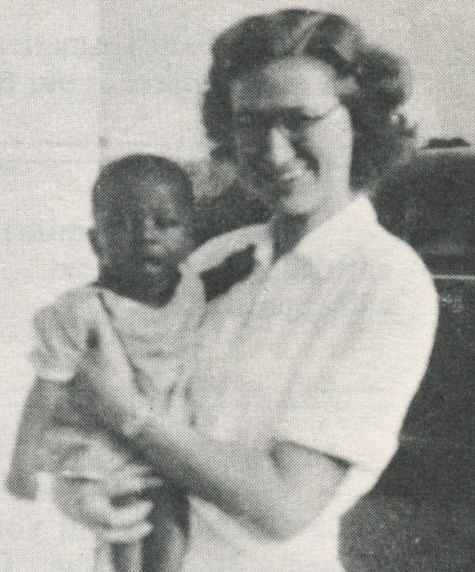
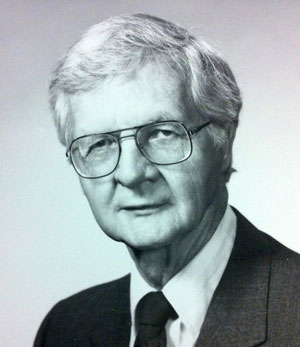 Dr. J. Edward Roush passed away on March 26, 2004. He was 83. Roush served eight terms as a US Congressman from northern Indiana, and was instrumental in establishing the 911 emergency phone system. Roush was deeply committed to the United Brethren church and to Huntington University. He and his wife, Polly, were longtime members of College Park UB church in Huntington, Ind.
Dr. J. Edward Roush passed away on March 26, 2004. He was 83. Roush served eight terms as a US Congressman from northern Indiana, and was instrumental in establishing the 911 emergency phone system. Roush was deeply committed to the United Brethren church and to Huntington University. He and his wife, Polly, were longtime members of College Park UB church in Huntington, Ind.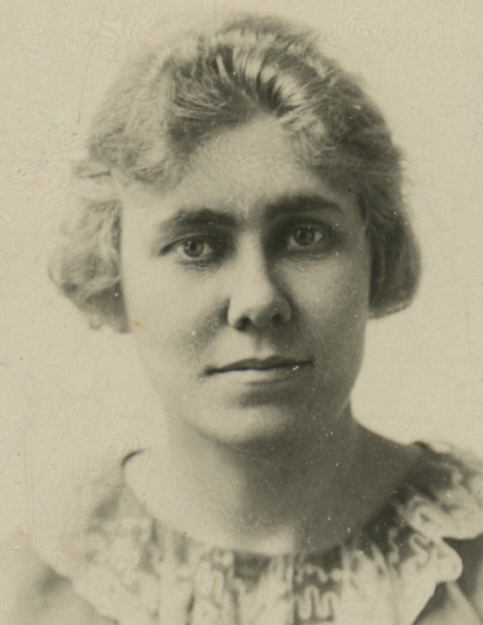
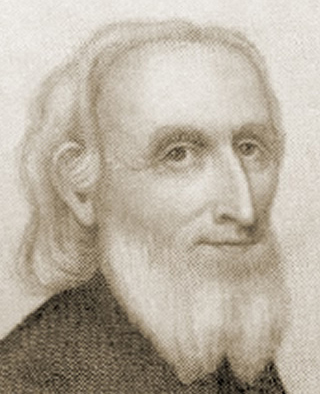 Martin Boehm, one of the two founders of the United Brethren Church, passed away on March 23, 1812. It seemed to have been somewhat unexpected; he had enjoyed good health, and was riding short distances on horseback until a few days before his death. But when it came, it came fast, with increasing weakness and debility.
Martin Boehm, one of the two founders of the United Brethren Church, passed away on March 23, 1812. It seemed to have been somewhat unexpected; he had enjoyed good health, and was riding short distances on horseback until a few days before his death. But when it came, it came fast, with increasing weakness and debility.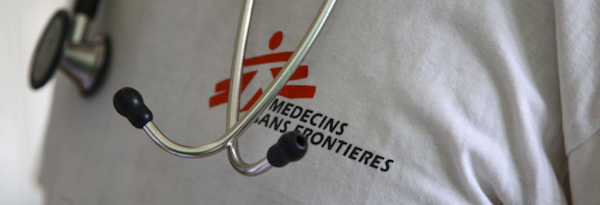
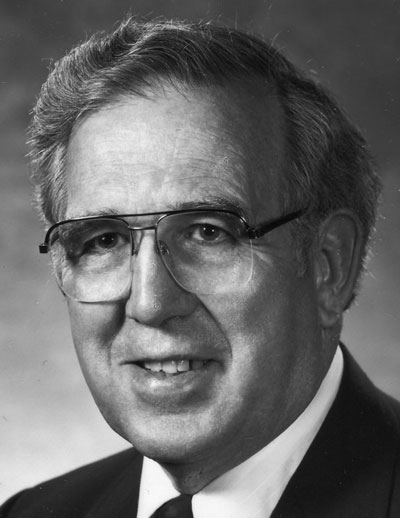 Duane Reahm retired in 1981 after 12 years as bishop. He had given 22 years as a United Brethren pastor, and 20 years as a denominational official–eight years as Director of Missions, four years as Bishop of the East District, and eight years as Overseas Bishop.
Duane Reahm retired in 1981 after 12 years as bishop. He had given 22 years as a United Brethren pastor, and 20 years as a denominational official–eight years as Director of Missions, four years as Bishop of the East District, and eight years as Overseas Bishop.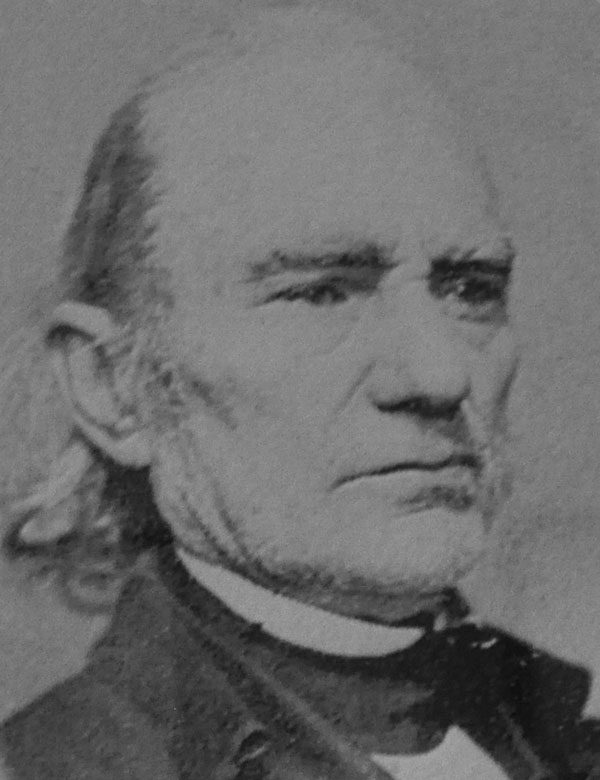
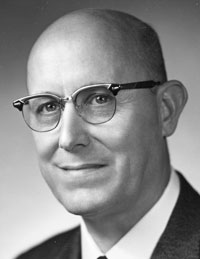 Robert Rash was born March 16, 1904. He would go on to serve 43 years as a United Brethren minister. He started and pastored a number of churches, and served 24 years at the national office–16 years as Director of Christian Education, and eight years as bishop. He was a marvelous servant of the Church–a godly man able to do a lot of things well.
Robert Rash was born March 16, 1904. He would go on to serve 43 years as a United Brethren minister. He started and pastored a number of churches, and served 24 years at the national office–16 years as Director of Christian Education, and eight years as bishop. He was a marvelous servant of the Church–a godly man able to do a lot of things well.